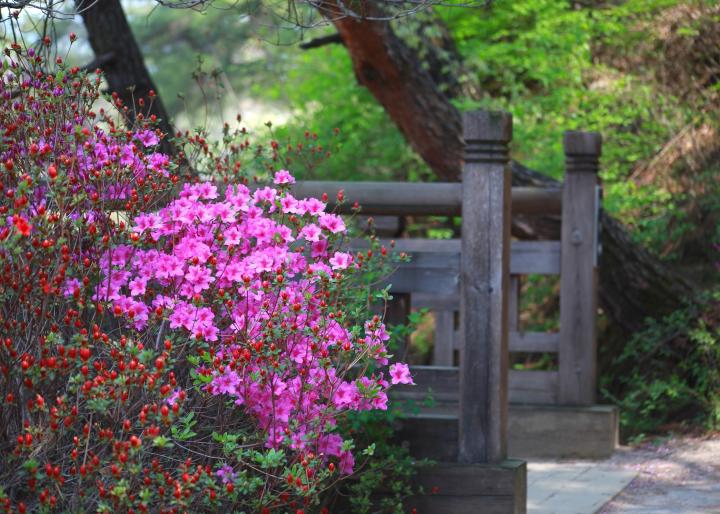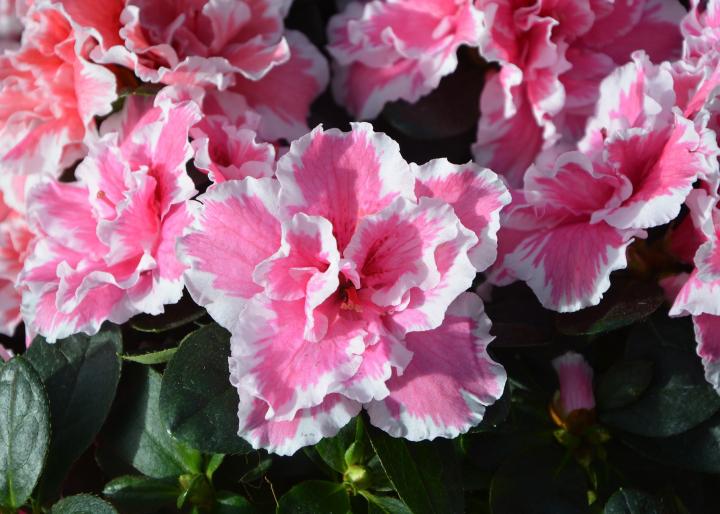Primary Image

Caption
One of many of the azalea bushes in my backyard now blooming.
Photo Credit
Suzanne O'Rourke
Growing Tips and Varieties
More Like This
what is the reason my azaleas dont bloom?
Can azalea ton Sutton sleeve be planted outdoor
I have an Azalea, it's old, hasn't been able to live a good life. Last year I transplanted it, now I would like to know if It has a chance of making it.
Is it dried after winter. if no then hw to care it ?
Are there any azaleas that grow about 4' tall and can survive in a shady wind-protected area?
We would recommend visiting the website of the American Rhododendron Society. They have a wonderful search feature that allows you to input the characteristics you're looking for and find an azalea or rhododendron that fits your garden: https://www.rhododendron.org/search_intro.asp
Suzanne O'Rourke's picture in your article is the one I've been trying to locate for years! It's a dwarf variety a European gardener planted in our yard decades ago! Any chance someone knows its botanical name? Thanks. silvergirl
We have an azalea that is 50 years old it was always bright yellow, we remodeled and moved it it has come back quite nice moved it 10 ears ago has taken awhile to come back to full bloom but now the blooms are very pale in color. Is there something I should add to brighten the color of the bloom?
We can't be absolutely certain but many "problems" stem from poor soil (assuming other matters are the same, e.g. sunlight). Per above, make sure you
- Provide well-drained, humus-rich soil that is slightly acidic (pH 4.5–6).
- Mulch well. Shallow-rooted, azaleas tend to dry out quickly if not mulched. A mulch of oak leaf mold, pine needles, or aged oak, pine, or hemlock sawdust will keep soil acidic and moist. Read more in our Mulching Guide.
- Fertilizer isn’t needed. The decaying mulch will provide all of the nutrients that azaleas need.
Hope this helps!
hi, i have azaleas that are over 50 years old , I want to cut them back maybe a foot tall, how should I do so, i want to keep them, they still look very beautiful, but over grown and to high for the front of the house,
- « Previous
- 1
- 2
- …
- 10
- Next »












Comments